Anarcho-pacifism, also referred to as anarchist pacifism and pacifist anarchism, is an anarchist school of thought that advocates for the use of peaceful, non-violent forms of resistance in the struggle for social change. Anarcho-pacifism rejects the principle of violence which is seen as a form of power and therefore as contradictory to key anarchist ideals such as the rejection of hierarchy and dominance. Many anarcho-pacifists are also Christian anarchists, who reject war and the use of violence.
Émile Armand, pseudonym of Ernest-Lucien Juin Armand, was an influential French individualist anarchist at the beginning of the 20th century and also a dedicated free love/polyamory, intentional community, and pacifist/antimilitarist writer, propagandist and activist. He wrote for and edited the anarchist publications L’Ère nouvelle (1901–1911), L’Anarchie, L'EnDehors (1922–1939) and L’Unique (1945–1953).

Georges Darien was a French writer associated with anarchism and an outspoken advocate of Georgism.

Joseph Albert was an individualist anarchist militant and writer from France who edited the influential anarchist publication L’Anarchie.
The International Anarchist Congress of Amsterdam took place from 24 August to 31 August 1907. It gathered delegates from 14 different countries, among which important figures of the anarchist movement, including Errico Malatesta, Luigi Fabbri, Benoît Broutchoux, Pierre Monatte, Amédée Dunois, Emma Goldman, Rudolf Rocker, Christiaan Cornelissen, et al.
Marc Angenot is a Belgian-Canadian social theorist, historian of ideas and literary critic. He is a professor of French literature at McGill University, Montreal, and holder of the James McGill Chair of Social Discourse Theory there. He is a leading exponent of the sociocritical approach to literature.

Urbain Gohier was a French lawyer and journalist best known for his publication of the anti-Semitic forgery The Protocols of the Elders of Zion in France. His nom de plume for two books was Isaac Blümchen.

Augustin Frédéric Hamon (1862–1945) was a French socialist-anarchist writer and editor.
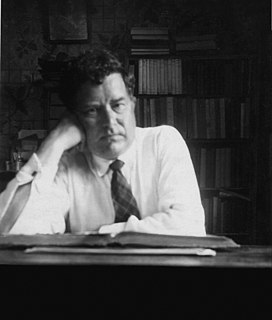
Régis Messac was a French essayist, poet and translator.
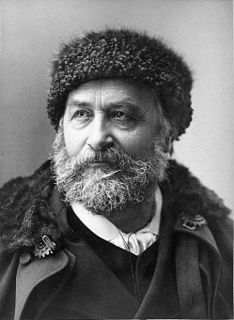
Élie Reclus was a French ethnographer who studied what were then called primitive cultures, and an anarchist.

La Bataille syndicaliste, renamed Bataille on September 30, 1915, was a syndicalist morning daily published from Paris. It was the central organ of the Confédération générale du travail (CGT).

Georges Louis François Yvetot was a French typographer, anarcho-syndicalist and anti-militarist. He was secretary general of the Fédération des Bourses de travail and deputy secretary general of the Confédération générale du travail in the period leading up to World War I (1914–18). He kept a low profile during the war, and in 1918 was dismissed from the CGT leadership. After the war he contributed to many anarchist journals. He died in poverty during World War II (1939–45).
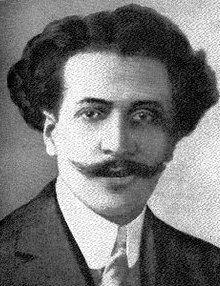
Eugène Bonaventure Jean-Baptiste Vigo was a French journalist and activist against militarism. He was first an anarchist and then a socialist. He founded and wrote in the newspaper La Guerre sociale and the satirical weekly Le Bonnet rouge. During World War I (1914–18) he engaged in dubious business dealings that brought him considerable wealth. He became engaged in a struggle against right-wing forces, and was eventually arrested on the grounds of being a German agent. He died in prison at the age of 34, almost certainly murdered. He was the father of the film director Jean Vigo.
Henri Félix Camille Beaulieu was a French accountant, naturist, anti-militarist, anarchist and then communist. He wrote many articles in radical journals. In his later years he was active in the Committee of Social Defence (CDS), an organization that helped political prisoners and exiles.

Émile Janvion was a French teacher, an anarcho-syndicalist leader, a founder of the Confédération générale du travail (CGT) and a leader of the anti-militarist movement. He came to hold national syndicalist views that prefigured fascism. He was anti-Semitic, hostile to freemasonry, hostile to the republic and flirted with monarchism. However his main goal was the nationalization of the land and of the means of production.
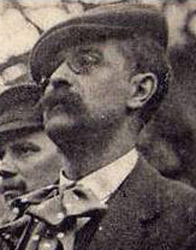
René de Marmande was a French journalist and anarchist.
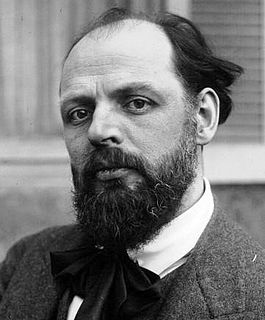
Amédée Dunois was a French lawyer, journalist and politician.
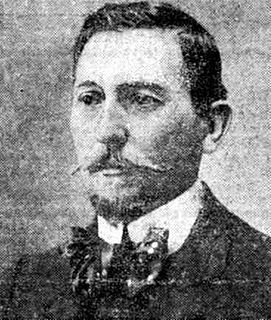
Victor Méric is the pseudonym of Henri Coudon, a French journalist and libertarian author. He contributed to various anarchist journals before World War I (1914–18). Despite being a pacifist, he served in the army during the war. Afterwards he joined the French Communist Party, but was expelled in 1923 for his pacifist convictions. He wrote a number of books, both fiction and non-fiction, and founded the Ligue internationale des combattants de la paix.
Charles Aristide Desplanques was a militant anarchist, syndicalist and anti-militarist who wrote regularly for numerous anarchist journals in France and Belgium.
Anarchism in Belgium began to spread after the fall of the Paris Commune, when many Communards, including Élisée Reclus, took refuge in Brussels. At the time, the Belgian César de Paepe defended a mutualism inspired by Pierre-Joseph Proudhon, which proposed to organize production and distribution by relying on independent workers' associations without the intermediary of the State.













